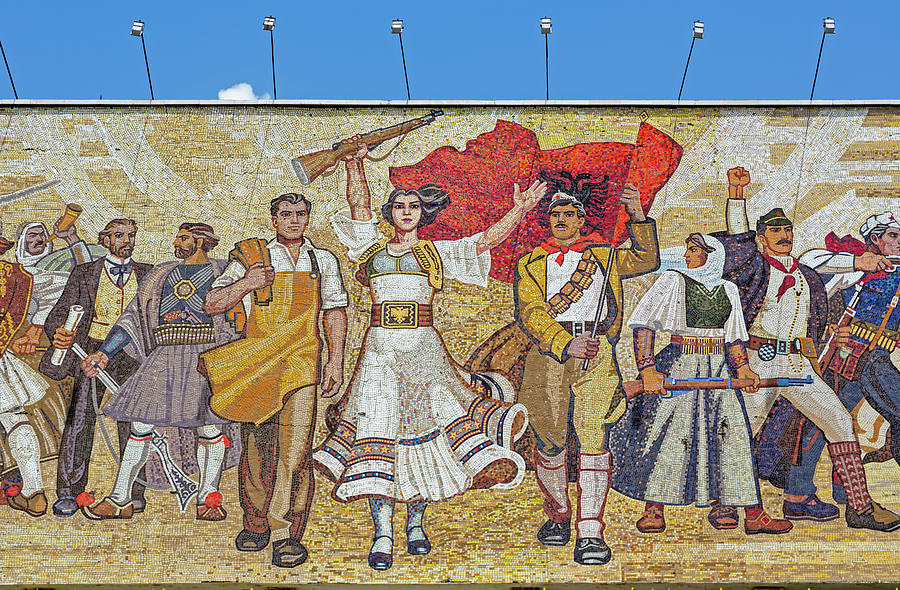Mosaic of Tirana, also known as the Albanian Mosaic or Mosaici Shqiptar, is a large mosaic located in the center of Tirana, the capital city of Albania. The mosaic was created in the early 1980s by a group of Albanian artists, led by the prominent Albanian painter, Robert Radoja. It is one of the largest and most impressive mosaics in the country, covering an area of over 150 square meters.
The mosaic depicts various scenes from Albania’s history and culture, including images of traditional Albanian costumes, folk dances, and historic landmarks. The vibrant colors and intricate details of the mosaic make it a true work of art, and a popular destination for both locals and tourists alike.
In addition to its artistic and cultural significance, the Mosaic of Tirana also serves as a symbol of Albania’s independence and resilience. It was created during a time of political and social change in Albania, when the country was transitioning from a communist regime to a more democratic society.

Today, the Mosaic of Tirana is a prominent landmark in the city, located in the center of Skanderbeg Square, one of the main squares in Tirana. Visitors to the mosaic can admire its intricate details up close, and learn more about Albania’s rich history and culture.
Location:
The Mosaic of Tirana is located in Skanderbeg Square, in the heart of Tirana’s city center. It is easily accessible by car, taxi, or public transportation, and there are many restaurants, cafes, and shops nearby. The exact address is Sheshi Skënderbej, Tiranë, Albania.
Discover the museums in Tirana
Adress: Sheshi Skënderbej, Tiranë, Albania